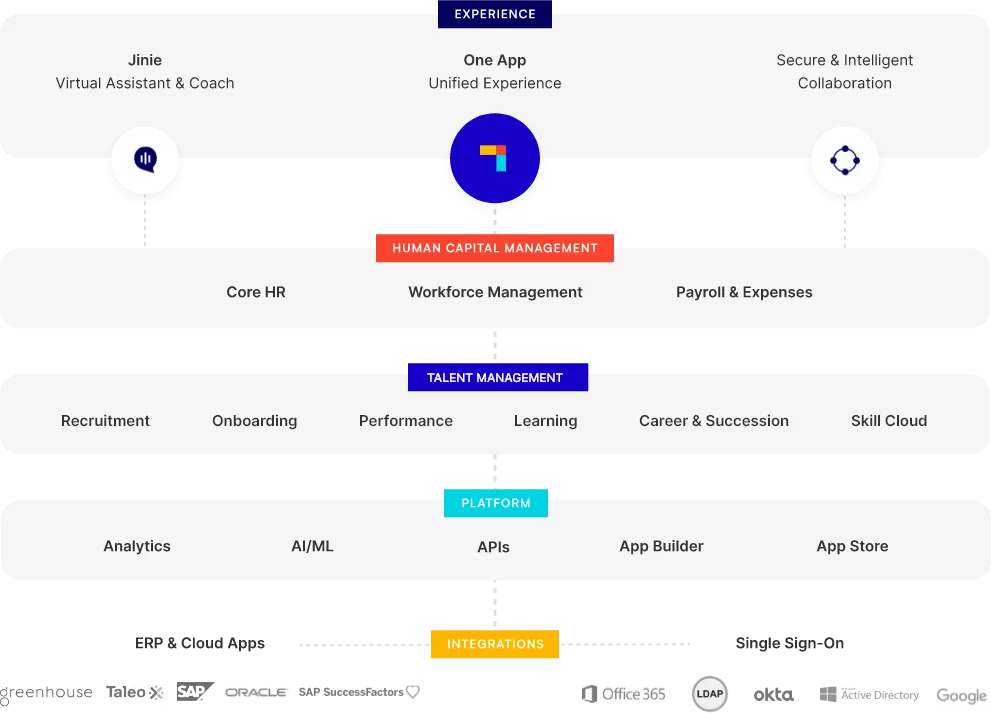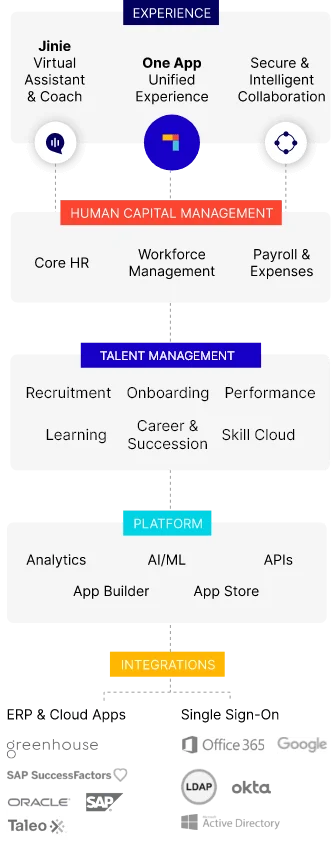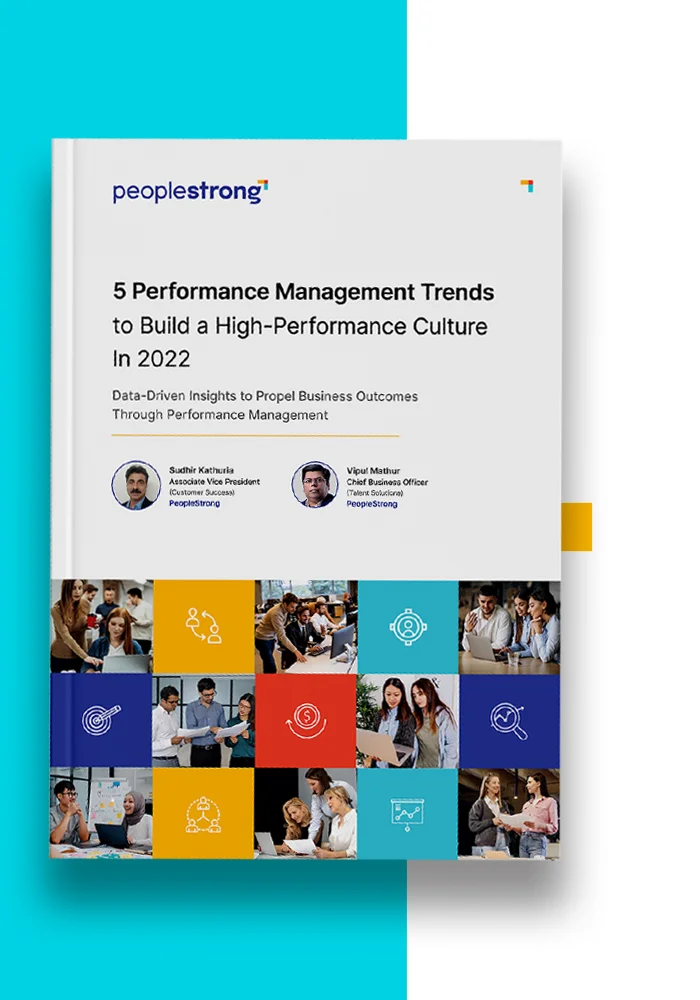The Middle East and North Africa (MENA) region is at the forefront of technological adoption, with a strong emphasis on integrating artificial intelligence (AI) into various sectors.
💡 Research by the International Data Corporation (IDC) highlights this trend, predicting that AI could potentially add US$320 billion to the region’s economy by enhancing productivity and innovation.
This surge in AI implementation is significantly affecting the recruitment sector, particularly in how companies handle the growing volume of job applications. Traditional methods are becoming inadequate for managing the scale and speed required in today’s job market.
Enter automated resume screening—a game-changer for efficiency and precision in recruitment. This tool has become crucial for organisations in the Middle East to attract top talent.
In this blog, we will delve into the current hiring scenario in the MENA region, the benefits of automated resume screening, and how it can revolutionise the recruitment process for forward-thinking organisations in the Middle East.
📜 Suggested Read: Detailed Middle East Recruitment Process Guide for HRs
What do Resume Screening Processes Look Like?
As a hiring manager, you know that resume screening is not just about posting job requirements and responding to incoming entries. It involves a lot of groundwork and effort to ensure you find the perfect candidate.
From the very start, candidates find job listings on various platforms, searching by keywords, location, experience, or salary. They register on the candidate portal, complete their profiles, and apply for jobs.
On your end, you receive these applications on the recruiter portal, where you diligently track the entire applicant life cycle as shown in the template below:

The real work begins with the screening process. You search for top profiles through job portals and company databases. You meticulously screen the matched profiles and update resume statuses, approving or rejecting candidates as you go.

This is where automated resume screening comes in. It simplifies these processes, making them more efficient and accurate. With automated screening, you can quickly identify and engage top talent, saving time and ensuring you get all the perfect candidates.
📜 Suggested Read: A Complete Guide to the Recruitment Screening Process
What is Automated Resume Screening?
Automated resume screening is a technology that uses algorithms and AI to filter and rank job applicants based on predefined criteria. This process ensures that only the most relevant candidates are brought to the hiring manager’s attention.
Automated resume screening enhances the traditional screening process by significantly reducing the time it takes to sift through applications. The ATS quickly scans resumes for keywords, skills, experience, and qualifications that match the job description. It eliminates human bias and errors, ensuring a fairer evaluation of all candidates.
Moreover, automation allows for the efficient management of large volumes of applications. It provides a streamlined and organised approach to resume handling. This speed and efficiency mean hiring managers can engage with top candidates more promptly and secure talent before competitors snap it up.
Why is Automated Resume Screening Needed for Modern Day Hiring?
💡 With 30% of online job seekers unwilling to spend more than 15 minutes on their applications, there’s a clear need for an automated process that enhances the applicant experience.
Automated resume screening plays a pivotal role in modern recruitment by processing large volumes of applications quickly. This allows recruiters to promptly identify and engage with top candidates, improving the overall applicant experience.
In the MENA region, where the adoption of AI and technology is accelerating, automated resume screening offers several specific advantages, such as:
1. It Enables Accurate Candidate Matching
Finding the right talent in a diverse job market can be challenging. Automated screening tools use advanced algorithms to match candidates’ skills and experiences accurately with job requirements. This precision is crucial in a region with varied industries and specialised roles.
2. Saves Time, Costs, And Effort
Automated resume screening significantly reduces the time and effort required to sift through large volumes of applications. This efficiency is particularly beneficial for companies in the MENA region, where the pace of business is fast, and the competition for top talent is fierce. By cutting down on manual processing, companies can allocate resources more effectively.
3. It Helps Reduce Bias Through Standardised Screening Process
The MENA region is known for its diverse workforce. Automated screening minimises human bias by standardising the evaluation process and ensuring fair and consistent treatment of all applicants. This is essential for fostering an inclusive workplace environment.
4. It Enables Faster TAT For Hiring Decisions
Speed is critical in the competitive MENA job market. Automated screening enables faster decision-making by quickly identifying the most suitable candidates. This rapid turnaround ensures that top talent is engaged and moved through the hiring process before competitors can offer.
5. It Helps Manage a Large Volume Of Applications
With the MENA region experiencing a surge in job seekers due to economic growth and technological advancements, managing large volumes of applications can be overwhelming. Automated screening systems handle this influx efficiently, ensuring no qualified candidate is overlooked.
Automated Resume Screening: Best Practices
Automated resume screening comes with immense potential to streamline your recruitment processes. However, to fully leverage this technology, it’s crucial to implement best practices that ensure efficiency, fairness, and accuracy. Here are some essential guidelines you need to follow:
1. Always Incorporate Human Oversight
“When I consult with experts about whether automation will completely dominate hiring, most agree that recruitment is inherently a human-driven process.”
– A product lead for Jobscan, an online resume optimisation tool
Technology can be both a curse and a blessing, depending on how it is used and who uses it. While automated systems can efficiently handle large volumes of resumes, they need human oversight to ensure you don’t miss out on an excellent candidate.
By combining the precision of automation with the discernment of human recruiters, you can achieve the best results in your hiring process. This hybrid approach combines the strengths of technology and human judgment.
2. Ensure Algorithm Transparency
💡 In June 2023, a New York City law made companies demonstrate that AI-powered hiring tools (especially screening tools) are free from sexism and racism.
While critics argue that it may not hold all employers accountable, it highlights the importance of algorithmic transparency and fairness in the hiring process. You can avoid biases and foster a more equitable hiring environment by ensuring your tools are transparent and regularly audited.
3. Regularly Update and Train the System
The job market in the MENA region is continually changing, and so should your screening algorithms. Make sure you regularly update the system with new job descriptions, skills, and industry trends. Train the system to recognise these updates to maintain relevance and accuracy in candidate matching.
4. Use a Customisable and Configurable System
Choose an automated screening tool that is customisable and configurable to your needs. The ability to tailor the system to your unique hiring requirements in the Middle East ensures better alignment with organisational goals and industry standards.
PeopleStrong’s recruitment software offers a high degree of customisation. It features advanced resume parsing and AI-powered candidate-job matching, allowing you to streamline the screening process to fit your specific criteria.
Its integrated assessment features enable precise skill evaluation, and the system’s robust candidate pipeline ensures you can identify and track the right talent efficiently. Additionally, you can automate essential tasks to enhance recruiter productivity and accelerate the hiring process.
With options for geo-specific language support and customisable hiring workflows, PeopleStrong’s module adapts seamlessly to your organisational needs.
5. Integrate with Broader HR Systems
Your automated screening tool should seamlessly integrate with broader HR systems. This integration ensures a smooth flow of information across various stages of the hiring process, from initial application to onboarding, enhancing overall efficiency and communication.
For instance, PeopleStrong’s recruitment software effortlessly integrates with other HR systems, providing a cohesive experience. By connecting with your existing HR infrastructure, PeopleStrong ensures that data flows smoothly between different stages of the hiring process. This helps streamline operations, reduce redundancies, and improve overall hiring outcomes.
How You Can Elevate Your Screening Processes Using PeopleStrong Recruitment Software
PeopleStrong’s recruitment software is designed to enhance your screening process, making it more efficient and precise. Here’s how its features can elevate your recruitment efforts:
- AI-powered Candidate-Job Matching: This feature uses advanced algorithms to match candidates’ skills and experiences with job requirements. It ensures that only the most suitable candidates are brought to your attention, saving you time and improving the quality of hires.
- Resume Parsing:The software quickly extracts relevant information from resumes, allowing for faster and more accurate screening. It helps you efficiently handle large volumes of applications without missing critical details.
- Skill Recommendations: PeopleStrong’s system provides skill recommendations based on job descriptions and candidate profiles. This feature helps you identify candidates with the necessary skills, even if they haven’t explicitly listed them on their resumes.
- Plug-in Assessments: You can integrate assessments directly into the screening process to evaluate candidates’ skills objectively. This ensures that only candidates who meet the required competencies move forward in the hiring process.
- Automated Actions and Templates: Automate repetitive tasks with pre-built templates to increase hiring velocity. Set up automated actions for routine processes, reducing manual effort and ensuring consistency in candidate communication.
- Comprehensive Analytics: Access in-depth reports and analytics to track sourcing channels, candidate progress, and hiring metrics. This data-driven approach helps you optimise your screening process and make informed decisions.
- Omni-channel Sourcing: Integrate your job listings with social media platforms, internal portals, and over 3,500 job boards. This broad reach ensures you attract a diverse pool of candidates, enhancing the quality and quantity of your applicant pool.
- Geo-specific Customisation: Tailor the recruitment process to fit regional requirements with geo-specific language support and hiring workflows. This customisation ensures a localised approach, making the process more relevant and effective for your region.
So, Where Do You Begin?
To elevate your recruitment strategy, assess your current screening processes and identify inefficiencies. Explore the benefits of automated resume screening tools and consider how they can address your specific hiring challenges in the MENA region. Implementing these tools will streamline your workflow, reduce bias, and enhance your ability to attract top talent quickly and effectively.
The next steps include:
- Evaluating the automated screening options available.
- Integrating these tools with your broader HR systems.
- Adjusting your processes to ensure optimal performance.
Ready to transform your hiring process in the Middle East? Schedule a demo with PeopleStrong today and experience the future of recruitment.













